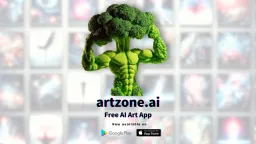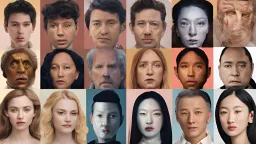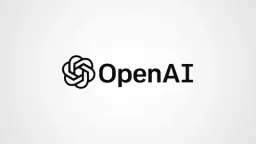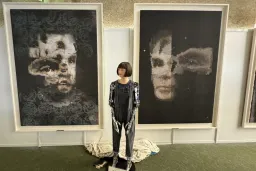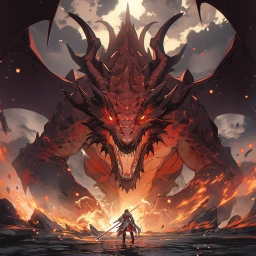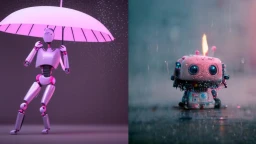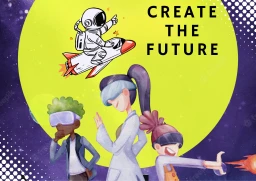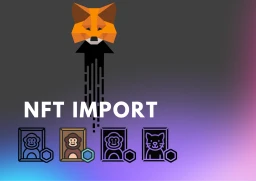The Ultimate Guide to Banned Words in Midjourney (Updated 2025)
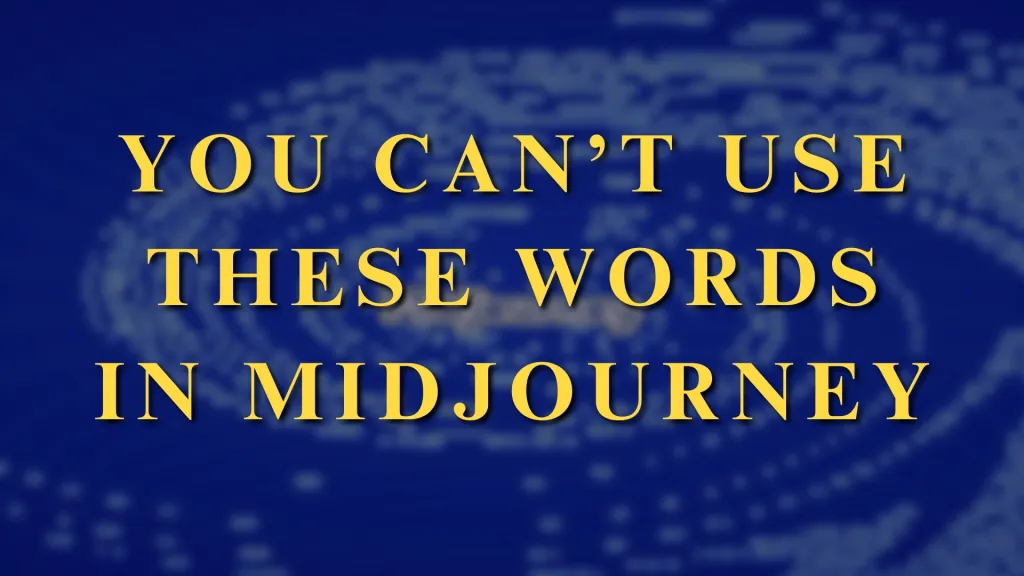
Midjourney, one of the most popular AI-powered image generation platforms, offers users the ability to create stunning visuals from text prompts. Known for its cutting-edge algorithms and user-friendly interface, Midjourney stands out by providing highly detailed and stylistic images that surpass many competitors. However, to maintain a safe, respectful, and inclusive community, Midjourney enforces strict content guidelines, including a comprehensive list of banned words. This guide covers everything you need to know about these prohibited terms, why they exist, and how to navigate the platform without triggering filters.
Why Does Midjourney Ban Certain Words?
Midjourney's primary goal is to provide a creative space that adheres to PG-13 standards, ensuring the platform remains suitable for users of all ages. Banned words are implemented to:
Prevent Harmful Content: Block prompts that could generate violent, explicit, or abusive images.
Promote Inclusivity: Eliminate words associated with hate speech, discrimination, or harassment.
Avoid Misuse: Restrict terms that could lead to copyright violations or illegal activities.
Ensure Ethical Use: Discourage deepfake generation and the creation of misleading content.
Understanding the categories of banned words will not only help users craft appropriate prompts but also enable them to explore more creative and effective approaches while staying within Midjourney's guidelines.
Also read: How to Protect Yourself from Deepfakes?
Complete List of Banned Words in Midjourney (2025)
Midjourney's banned words fall into several categories, ranging from violence and adult content to discriminatory terms and drug references.
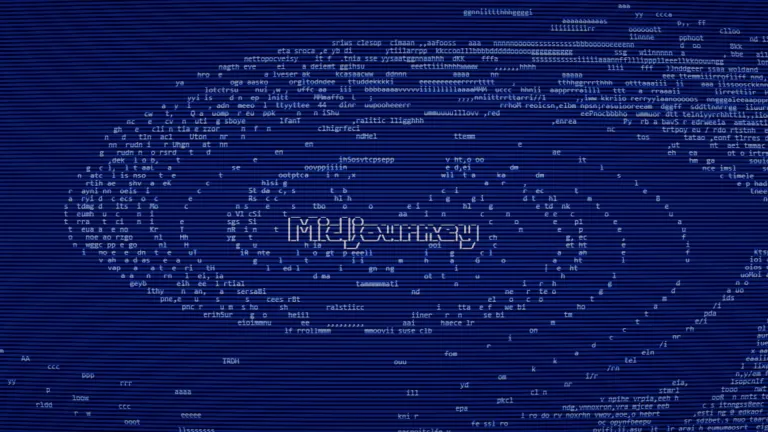
1. Gore and Violence-Related Words
To prevent the generation of disturbing or traumatic visuals, Midjourney bans words associated with gore and violence, including but not limited to:
Blood
Bloodbath
Crucifixion
Flesh
Decapitate
Cannibalism
Slaughter
Vivisection
Massacre
Wound
These terms often lead to the creation of graphic content that violates the platform’s community guidelines.
2. Adult and Explicit Content Words
Midjourney strictly prohibits terms that could lead to the generation of explicit or sexually suggestive images. Some of the banned words in this category include:
Erotic
Hardcore
Hentai
Seductive
BDSM
Playboy
Rule34
Boudoir
Pleasure
Smut
By blocking these terms, Midjourney ensures its platform remains appropriate for all users and aligns with its broader safety measures.
3. Body Parts and Vulgar References
While anatomical terms are generally acceptable for medical or educational purposes, their misuse for inappropriate content leads to restrictions. Examples include:
Nipple
Penis
Vagina
Breasts
Booty
Mammaries
Organs (in vulgar context)
Crotch
Phallus
Busty
Using euphemisms or alternative descriptions can help users bypass these restrictions without violating the platform’s guidelines, enhancing both creativity and compliance.
Also read: How to use lightings in Midjourney?
4. Drug-Related Words
To prevent the promotion or depiction of illegal substances, Midjourney blocks words related to drugs, including:
Marijuana
Cocaine
Heroin
Meth
LSD
Crack
Opium
Ecstasy
Psychedelic (in some contexts)
Avoiding these terms ensures that users do not unintentionally create content that glamorizes drug use, aligning with Midjourney's commitment to responsible content creation.
5. Hate Speech and Discriminatory Terms
Midjourney maintains a zero-tolerance policy for hate speech, racism, or discrimination. Words falling under this category include:
Nazi
Fascist
Coon
Honkey
Slave
Prophets (in religious contexts)
Racial slurs
Offensive stereotypes
Using such terms can result in prompt blocking and potential suspension from the platform, ensuring a respectful environment for all users.
6. Clothing and Nudity-Related Words
To prevent the generation of suggestive or explicit visuals, Midjourney also restricts words related to revealing clothing or nudity, such as:
Lingerie
Speedo
Bare chest
No clothes
Risqué
Transparent
Skimpy
Naked
Stripped
Barely dressed
Alternative phrasing, like "elegant attire" or "beachwear," can help users achieve their creative goals without triggering filters, aligning with Midjourney's PG-13 content policy.
7. Deepfake and Misinformation Words
With growing concerns about misinformation and privacy violations, Midjourney blocks words commonly associated with deepfake creation and harmful content:
Deepfake
AI-generated porn
Fake celebrity
Manipulated
Impersonation
Uncensored
Altered image
These restrictions protect individuals from unauthorized use of their likeness and reflect Midjourney's broader commitment to platform safety.
Also read: Why AI Struggles to Draw Hands and Fingers? - Explained
How to Bypass Midjourney's Word Filter (Ethically)
While attempting to bypass filters for inappropriate purposes is discouraged and can lead to account suspension, users can ethically navigate restrictions for legitimate purposes. Here’s how:
Use Synonyms: Replace banned words with alternative terms. For example, instead of "nude," use "artistic figure."
Rephrase Prompts: Structure your prompts in a way that conveys the intended meaning without using restricted terms.
Employ Metaphors: Instead of literal descriptions, use figurative language to express concepts.
Check the Rules Regularly: Midjourney frequently updates its guidelines, so staying informed can help avoid issues.
The Rise of AI-Generated Content and Ethical Concerns
The emergence of AI-generated content has raised concerns regarding misuse, particularly in the creation of explicit deepfakes and non-consensual imagery. Midjourney's strict word filters are a proactive measure to combat these issues and protect users.
Governments and tech companies are working together to regulate AI-generated content and ensure platforms like Midjourney remain safe and ethical spaces for creativity. Midjourney also collaborates with industry regulators to refine its filters and stay ahead of evolving threats.
Understanding Midjourney’s banned word list is essential for a smooth and enjoyable user experience. By adhering to the platform’s guidelines and employing creative prompting techniques, users can harness Midjourney’s full potential while maintaining ethical standards.
As the platform evolves, so will its content policies. Staying informed and respectful ensures that Midjourney remains an inclusive and innovative space for all creators.
Disclaimer: This article is based on the latest information available as of February 2025. For real-time updates, always refer to Midjourney’s official guidelines and the #rules channel on their Discord server.

